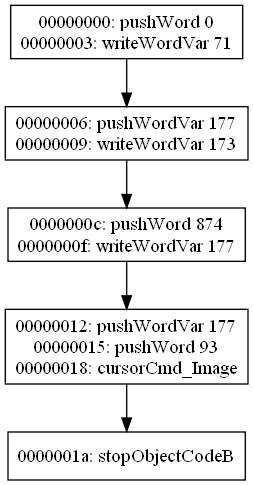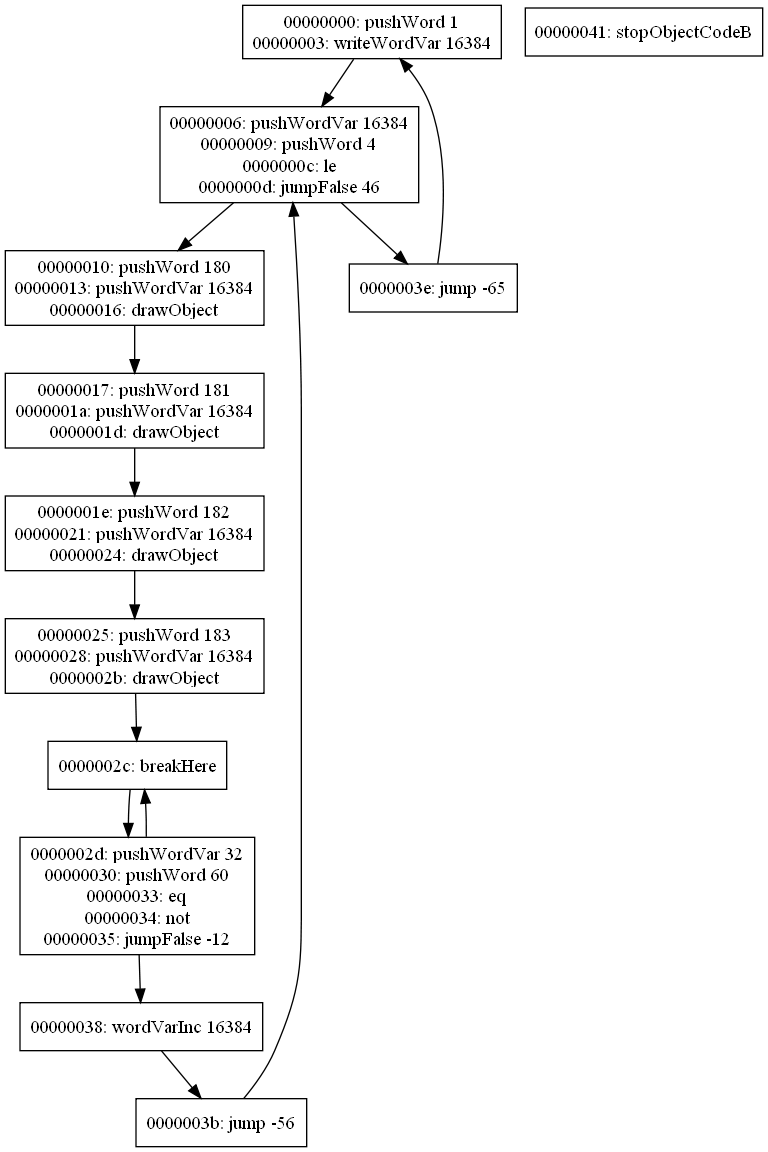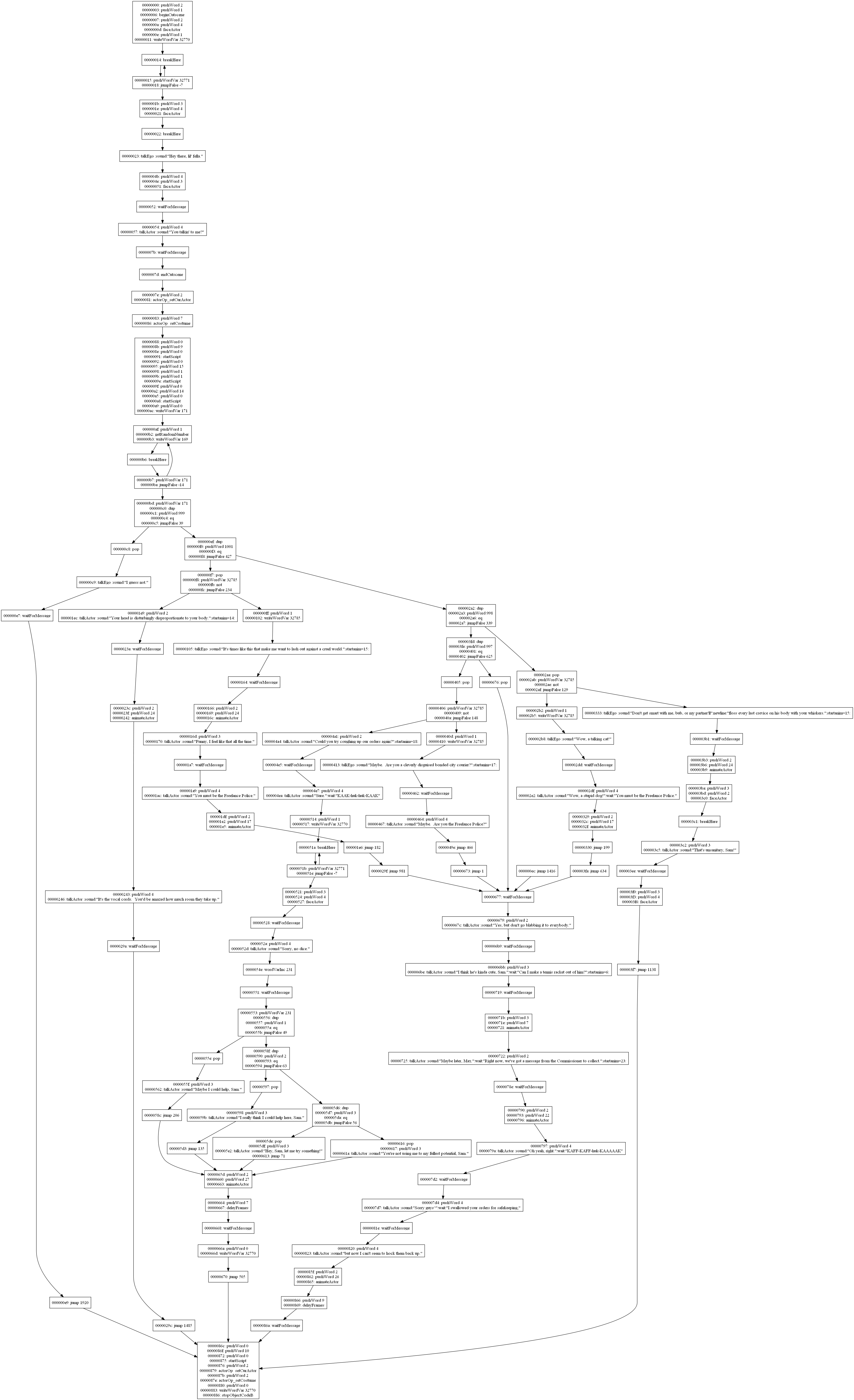As luck would have it, the CPU fan on my desktop machine has stopped working properly. That’s not good, because that’s the machine I do most of my development on.
I still have my laptop, and I should be able to get some work done here. Unfortunately, it’s not as comfortable to work with as my desktop, and that means there’s a good chance it’ll harm my productivity and have an impact on the schedule.
I was planning to replace most of the parts anyway, so I’m currently considering if I should do that now, or if I should wait and just buy a new fan now. It’s not that a new fan is expensive, but if I’ll be replacing the CPU in a month or two anyway, then it might make more sense to just get it done now.
I’ll figure out what to do over these next few days – if I replace everything, then it’ll probably be about 2 weeks before I get it back up and running, or if I just replace the fan, it should be ready some time during the upcoming week.
Right now, I’m going to focus on my next exam on Tuesday, and at the same time, I’ll try to figure out what I’m going to do about this as well. After that, I can get back to work on the code flow analysis.




